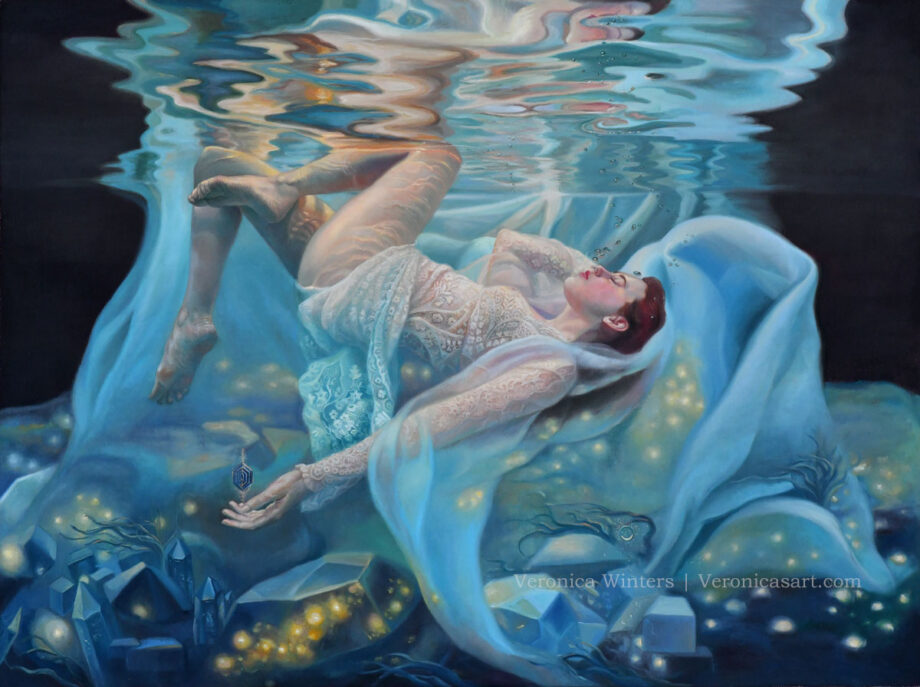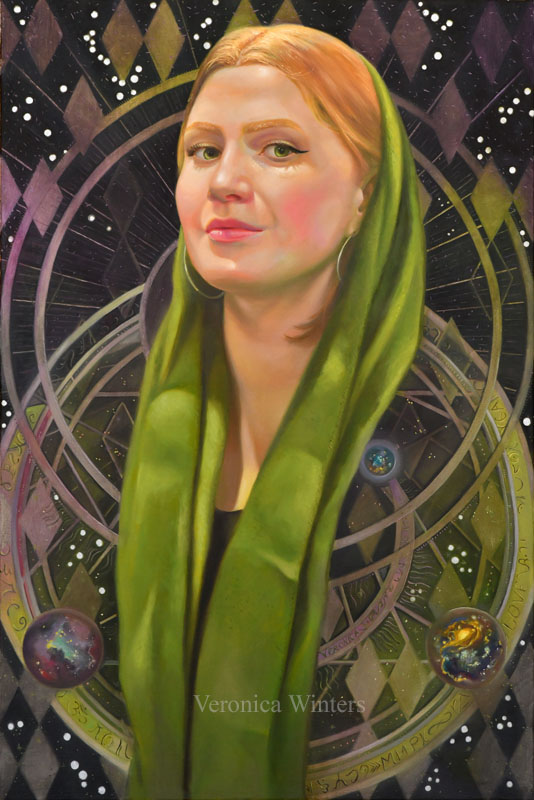
Thanks to the pandemic, art collecting has become a prominent topic in the past two years. The online art market is growing and young art collectors want to buy art with a click of a button instead of going through art shopping in snobby art galleries. Mature art collectors prefer gallery visits to make their decision about the art purchase. No two art collectors are alike.
There are several types of art collectors living today since there are many valid reasons to collect art. These reasons could include personal attachment, vanity or desire to impress others, passion to own art, social purpose, home decoration, emotional healing, feeling empty or incomplete without the wall art. Some art collectors make their purchase decisions based on their taste and budget. And there are those who collect art as an investment. Who are you? My guess is that many people who search for advice in art collecting actually search for ways to understand how to buy the best artists out there as an investment. So in this article you’ll find different strategies and reasons for art collecting.
1. Art collecting as decoration, attachment and altruism
If you want to buy art to support the living artists and help your community flourish, you do buy art based on your taste, focusing on what you like (which is generally suggested by all art consultants, gallery owners and online art market places). In the process you do learn to curate your taste, educating yourself about art history movements, styles of art, and contemporary art market. You collect art that inspires you or makes you think. You collect art that turns your empty wall space into another world you wish to inhabit. You don’t really need any art advisors or gallerists for decision-making in this regard. You make decisions based on your taste and joy of art collecting.
You may want to decorate your home and office and thus consider art size and color when purchasing art. You might have a lot of passion collecting art because paintings that you buy give you feeling of peace or remind you about a person, emotion or place. You may find yourself inspired and rejuvenated by looking at paintings in your living room or bedroom every day. (If you need tips how to arrange art for display based on your space, go here: https://veronicasart.com/6-tips-for-arranging-wall-art-in-your-home/
If you love the art and believe in an artist and collect him or her, your purchase satisfies your need and passion for art ownership. However, you can also consider the fact that another important collector may already have the artist you bought in his art collection that would be gifted to the museum at some point. Also some fairly unknown artists could sip into museums and corporate art collections over time.
2. Art collecting as an investment
If you want to buy art as pure investment, most artists are bad investment. Yes, you may be lucky. You buy a random artist you like and turn the painting over in an auction a few years later. But in most cases it doesn’t happen. If you want to collect art as an investment, your decision will be based not on the quality of art. It doesn’t matter how good or bad the painting is. You must purchase artists based on their fame. Obviously, a substantial financial gain is your main goal collecting art.
How to collect hot, emerging artists
If you want to collect art of emerging artists who don’t sell for millions just yet, you need to look at their network, not the art per se. Artists must be under 35 and be promoted and represented in the top galleries in New York as well as pushed by the non-profits and art museums of New York, mainly MOMA, Guggenheim, Whitney and Gagosian Gallery. Hence, the popularity of the artist largely depends on the network the artist is in. Where does this information come from? You can read the book by Magnus Resch “How to become a successful artist.” He publishes other books in this space and lectures in the ivy-league schools. He also produced his own online courses about art collecting. So if you plan to collect art as an investment or speculation, your read stops here. You find the Magnus’ website online, take his $1000 course and start collecting emerging artists as pure investment.
Who are those hot, established artists?

Established or the blue-chip artists today include Picasso, Basquiat, Warhol. The price for their artwork keeps rising steadily, leaving everyone else in the dust. Post-war artists like Rothko sell well. Some 19-th century art, a few old masters and some contemporary artists are considered a good investment like Banksy, Kusama, Kaws, and Hirst.
The truth about the art market today is that although the top artists and their works keep rising in price, the overall art market is in a long-term decline according to the data collected by Resch. This means that everyone is trying to invest in those ‘hot’ artists while the rest of the art market is stuck in limbo. Small art galleries often go out of business quickly. Medium-size galleries cover their overhead costs with few of them churning considerable profit. As a result of this, “the winner takes it all” mentality applies to art business as well. And the winners are the top 4 art galleries – Houser & Wirth, Gagosian, Pace Gallery and David Zwirner art gallery.
Not everyone can afford buying his next blue chip artist because those artists sell for hundreds of thousand and even millions of dollars. An alternative to art collecting of hot names is to invest in fractional shares of the most famous artists or art collections. Some companies like Masterworks allow you to invest in their collections by buying a small stake in their art that’s similar to owning shares of a company.
While Asian art collectors buy art as an investment only, the American and English markets are quite different where people buy art for other reasons but investment, which leads us to the next reason to collect art.
3. Art collecting as an adventure and legacy
If you want to enrich your soul and collect art with purpose, you can become an art collector with the goal of leaving legacy in this world. Your desire is to give back to the community because you understand the importance of art in shaping culture and humanity.
You can build an art collection that becomes influential by itself in a decade or two of art collecting without collecting heavily promoted or already “hot” artists. When your art collection has a specific purpose that’s larger than life, it can potentially have social impact for generations to come.
Look at the art collections of the past that comprise the art museums today. Those wealthy art collectors thought of the importance of the arts and built their collections to leave legacy. Mammontov, Tretyakov were Russian industrialists who collected the best realist artists working at the moment. Today you can view their collections in art museums in Moscow and St. Petersburg, Russia. The Flaglers, Sacklers, Gertrude Stein, Peggy Guggenheim and many more were American art collectors. The Medici family and the Italian papacy commissioned one of the best artworks in the world. Kings and queens in European countries amassed great art collections that can be enjoyed by everyone visiting art museums and palaces these days.
5 Art collecting tips:
What do you need to start collecting art?
- Set a budget.
- Visit artists’ studios, fairs and shows.
- Educate yourself about the art styles of the past and present as well as art trends.
- Decide what style of art you love or wish to collect.
- Have focus on the art style and some goal in mind.
- Collect art direct from artists by contacting them on social media like Instagram or Facebook.

Consider other costs to start collecting art
Art collecting is fun and it’s exciting to bring new artwork home. Overtime your art collection may become of considerable size. As a result you may face considerable storage costs, art consultant fees, fees to sell or acquire fine art, taxes and insurance to pay to preserve the blue chip paintings and sculpture.
If your art collection grows and becomes quite extensive you have to consider how you’re going to live with the collection and what happens when you’re no longer here. Relatives don’t usually have the same passion for the arts and it’s your job to find the placement for your art collection if you want to keep it together. This leads to questions about the estate planning. This foundation has great resources about estate planning that you could find here: https://www.joanmitchellfoundation.org/professional-development. Scroll down to see all the documents.
I hope this article brings you much closer to start collecting art! Visit my art store to pick your favorite painting or email me your questions.
Other articles that might interest you:


:strip_icc()/BHG_PTSN19720-33d9cd22f6ab49e6a21982e451321898.jpg)

More Stories
Fresh and Airy Interior Design Living Room Ideas for Summer
Where Art and Sound Converge: Exploring Fine Art Photography and Music Artist Portraiture
Cooking Chinese Cuisine with Ease Using Jackery Solar Generator 5000 Plus